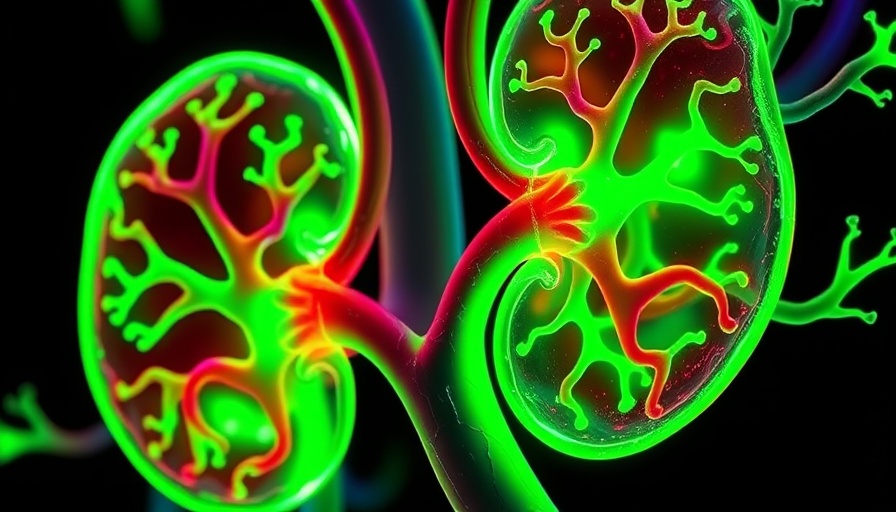
Breakthroughs in Synthetic Organ Development
The landscape of synthetic organ development is poised to revolutionize healthcare, particularly in the realm of kidney transplants. Recent research spearheaded by the USC Stem Cell team marks a significant leap forward with their emerging lab-grown kidney structures, termed assembloids. These innovative tissues not only exhibit advanced functionality but also hold the potential to address the critical shortage of viable organs available for transplantation. With nearly 100,000 individuals in the U.S. awaiting kidney transplants, the implications of this research extend far beyond scientific curiosity; they delve into the very fabric of human suffering and the urgent need for effective medical solutions.
The Science of Assembloids: A New Paradigm
Previous advancements in lab-grown kidneys primarily involved the creation of rudimentary organoids, offering only the basic architecture of nephrons and collecting ducts. However, the emergence of assembloids signifies a notable progression. According to Zhongwei Li, a lead researcher on the project, these multidimensional structures not only mimic nephron function but also incorporate complex biological processes essential to kidney performance. This pivotal shift in methodology underscores our need to develop models that can faithfully replicate human kidney diseases affecting approximately one in seven adults, enhancing our understanding of nephrology.
Tissue Maturation Within Real Environments
One groundbreaking aspect of the assembloid research is the intriguing transplantation of these structures into live mice, a strategy that promotes their maturation within a natural environment. This innovation allows researchers to observe how these organoids develop critical connective tissues and blood vessel networks, which are vital for full organ functionality. By leveraging the innate capabilities of kidney progenitor cells, this process facilitates the creation of complex structures that could eventually be functional in human applications, surpassing earlier experimental frameworks.
Expanding Research Horizons through Genetic Insights
Moreover, these lab-grown kidney structures serve a dual purpose by offering a platform for the exploration of intricate human kidney diseases. The successful generation of human assembloids from cells featuring genetic mutations linked to Polycystic Kidney Disease (PKD) points towards a brighter future for disease modeling. This ability to simulate genetic traits within controlled environments represents a turning point that could lead to nuanced insights into both diagnosis and therapeutic approaches.
A Vision for the Future of Healthcare
In terms of strategic automation within healthcare innovation, the evolution of lab-grown kidneys symbolizes a broader narrative about the potential of artificial intelligence and autonomous systems in medicine. The intersection of regenerative medicine and AI-led methodologies could pave the way for a future where synthetic organs are not merely experimental but central to patient care strategies. Such transformations emphasize the importance of accelerating the transition towards functional synthetic organs, thereby alleviating the desperate need for donor organs.
The Need for a Tech-Driven Approach
As healthcare professionals grapple with chronic shortages, the incorporation of advanced technologies—such as zero-latency infrastructure and machine-led growth—will be essential to navigate the complexities of organ production. By leveraging a framework encoding that embraces automation density and operational AI, the pathway to synthesizing functional organs could soon materialize. This strategic vision clarifies the role of enterprise leaders in fostering environments where innovation flourishes.
Conclusion: An Era of Transformation
With the exciting advancements in lab-grown kidney technology paving the way for profound changes in healthcare, we stand on the brink of unprecedented innovation. Focusing on the rapid development of these synthetic organs not only includes scientific rigor but also a heightened commitment from business leaders to support research that can lead to tangible medical solutions. The ongoing evolution in this field reminds us of the vital importance of integrating tech-led strategies in healthcare—a necessity not only for research communities but for all stakeholders aiming for successful health outcomes.
 Add Row
Add Row  Add Element
Add Element 



Write A Comment